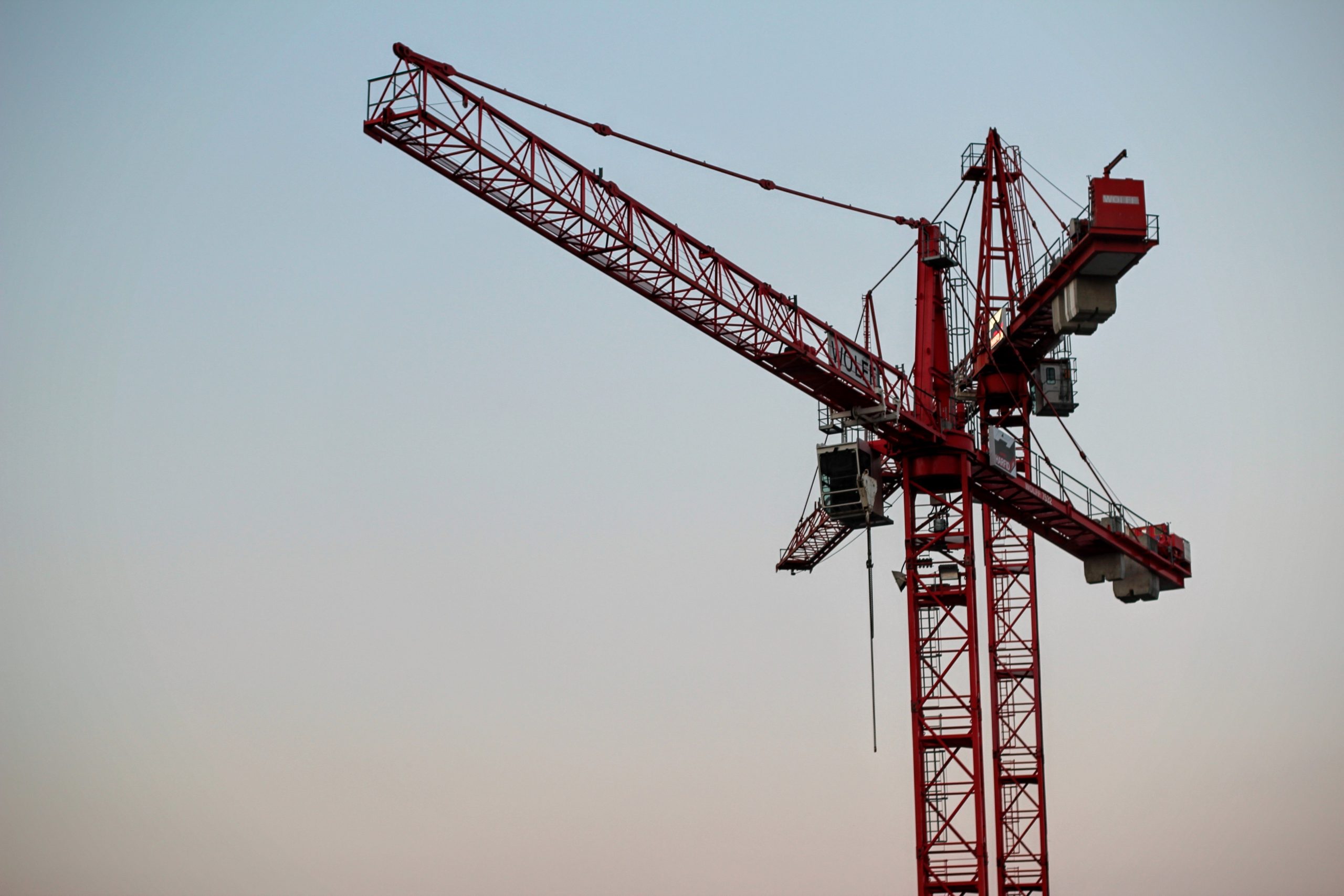
Cranes are integral to the operations of many industries, including construction, manufacturing, and shipping. They make lifting and moving heavy materials possible. But they can be dangerous if not correctly used or maintained. That’s why understanding crane safety and regular inspections is so important to the crane and rigging process.
Clear Instructions and Loading Capacities
One of the most critical safety features is clarity of instructions and loading capacities. This information should be prominently displayed on the equipment. Overloading is one of the most common causes of crane and rigging accidents. Therefore, always respect the loading capacities, even if it means making an extra trip.
Conducting a Basic Machinery Inspection
A basic machinery inspection includes the mechanical parts, control mechanisms, safety devices, and wire ropes or chains. Look for signs of wear and tear, deformities, and cracks. Brakes and limit switches should also be examined for proper function.
Measuring Swing Radius and Surrounding Environment
The swing radius is the space needed for the crane to rotate without hitting any obstructions. It’s crucial to measure the swing radius and ensure the surrounding environment is free from obstacles. Regularly check the crane’s path for any new obstructions that might have emerged.
Employees Should Complete Their Operator Certification
Every crane operator should have the appropriate training and certifications. This guarantees they understand how to operate the crane safely and are aware of the risks. Regular training updates are also necessary to keep operators aware of any new safety guidelines or equipment modifications.
Prepare the Platforms and Pathway
Before using the crane and rigging equipment, inspect the platforms and pathways. The crane should have a level and stable base. Any ladders, walkways, or platforms used by the crane operator should be secure and free of any potential trip hazards.
How Often to Inspect Your Crane Rigging Equipment
The frequency of inspections largely depends on how often you use your crane and rigging equipment. However, OSHA standards require that all rigging equipment be inspected at least once a year. Additionally, a more thorough inspection should occur every three to six months for equipment in regular use. More frequent inspections are advisable if the crane is being used in harsh conditions.
Get in Touch with Bobcat Contracting for Crane and Rigging Services
When it comes to maintaining your crane and rigging equipment, partnering with experts is crucial to ensure all your rigging equipment is inspected. Bobcat Contracting provides specialized services in crane and rigging. With years of experience in the field, we can provide maintenance, repairs, and necessary inspections to keep your crane and rigging equipment running smoothly and safely.
Always remember, safety is a priority, not an afterthought. A well-maintained crane is a safe crane. Regular inspections and adherence to safety guidelines ensure not just the longevity of your equipment, but also the safety of your employees. Get in touch with us to learn more about our crane and rigging inspection services.
